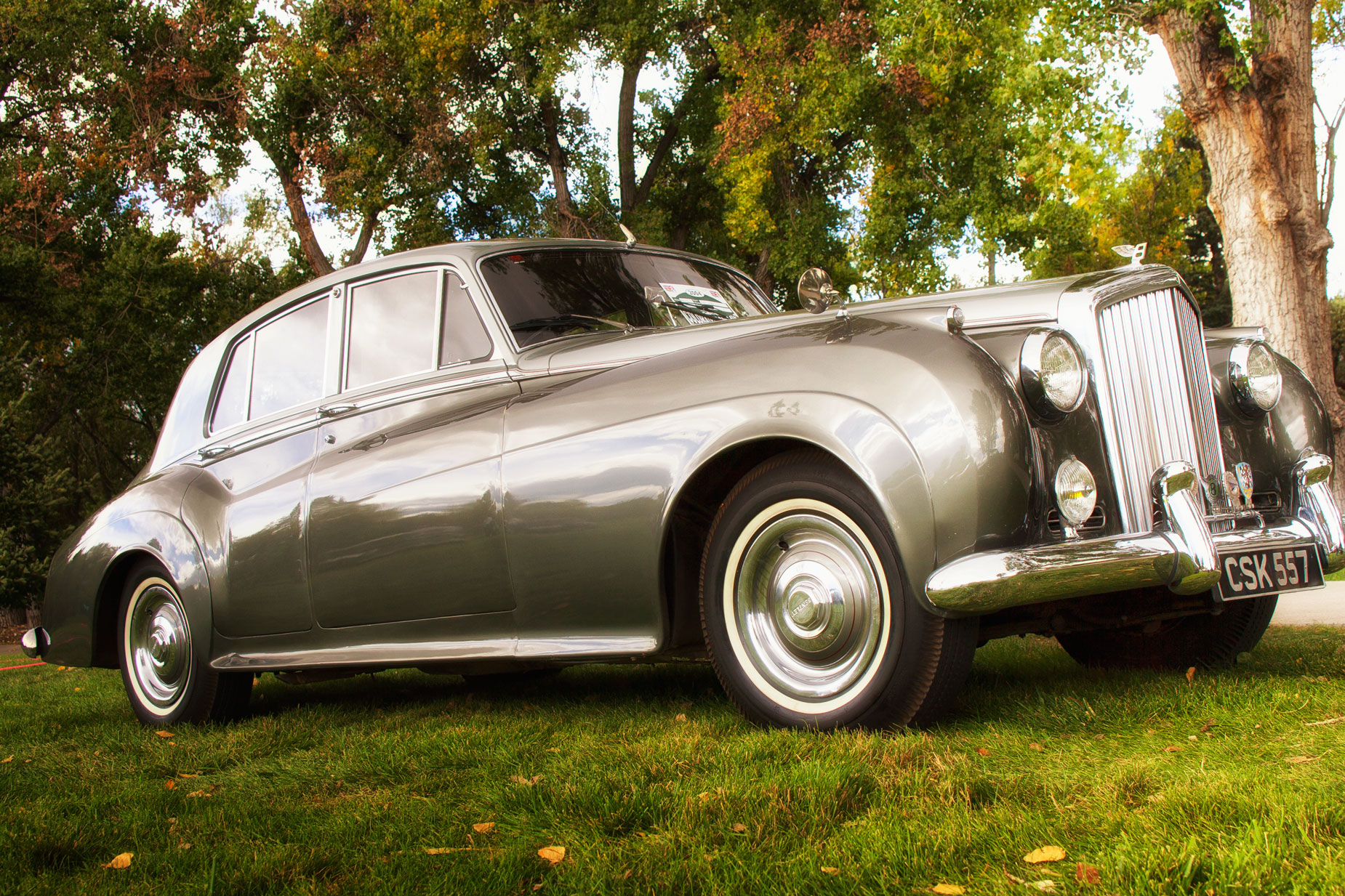When doing workshops and seminars, one question I’m often asked is “how and where did I learn studio lighting?” As I mentioned before in this post, I strongly believe the best way to learn studio lighting is by doing it. I think the same thing could be said about photographing anything—including cars. So today I get a little philosophical on this subject…
Today’s Post by Joe Farace
Light in Nature creates the movement of colors.—Robert Delaunay
It doesn’t matter what you’re photographing, it could be a person, place, or thing, the ultimate and actual subject of any photograph is light. Whether that light occurs naturally or artificially, it has four basic characteristics: quality, direction, quantity, and color.
The quality of the light falling on a subject ultimately determines the effectiveness of your photograph. That’s why some writers will take you behind a photo shoot describing the conditions under which images are made. These descriptions of the aesthetic decisions are designed to help you literally “see the light” so that you can benefit from the experience. While that’s one way to learn more about light, I think an even better way to learn how to see light is to constantly make new photographs and critically examine the success and failure of each image vis a vis the way you handled light in the finished photograph.

How I made this photo: As a committed Anglophile. I think I get it from my maternal grandfather, I love English cars and have owned several Jaguars but I’ve always wanted to own a Bentley. For a long time, Canon’s EF 28-105mm f/4-5.6 USM lens was my go-to lens for portraits but it was more useful than just that purpose. For this photograph of a classic Bentley, the lens was set at 38mm when attached to a Canon EOS 1D Mark IIN, which was one of my favorite DSLRs. The program mode exposure—my go-to mode for car shows—was 1/160 sec at f/7.1 and ISO 200.
Light is Light
If light is the main ingredient in a photograph, then the quality of the light becomes the driving force in producing successful images.
Channeling my inner Car Sagan: The earth’s rotation every twenty-four hours and with our planet’s slightly tilted axis, revolves around the sun every 365 days producing not only seasons but variations in the length of day and night. That is where those long, lazy days of summer come from as well as winter’s shorter days. It’s also why the far northern latitudes receive almost total daylight in summer and near complete darkness in winter.
Knowledge of atmospheric conditions can be important for any understanding of light and the golden hour*. Air pollution from industrial sites, forest fires and volcanic activity can affect the quality of light because particulates in the air produced by these sources diffuse and scatter light rays. The haze in a Los Angeles basin sunset produces a different quality of light than the same sunset on a beach on the Hawaiian islands. Areas near Mount St. Helens and Yellowstone National Park had their sunrises and sunsets obliterated during the the eruption and fires. Yet photographers thousands of miles away had intense colors added to their low light experiences.
So how do you learn to learn lighting to create attractive car photographs? I think the answer can be complex and include thoughts about lighting ratios, time of day and stuff like that. But the simplest way, I think, is to practice, practice, practice.
 If you enjoyed today’s blog post and would like to buy Joe a cup of Earl Grey tea ($3.50), click here.
If you enjoyed today’s blog post and would like to buy Joe a cup of Earl Grey tea ($3.50), click here.
Along with photographer Barry Staver, Joe is co-author of Better Available Light Digital Photography with new copies and used copies that are available from Amazon.